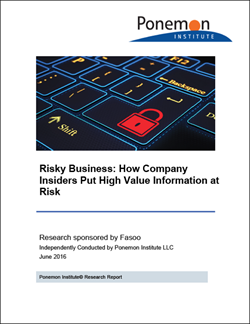
- It’s a good question and one that many organizations don’t think about thoroughly. You take a lot of time onboarding an employee by doing background checks, checking references, and determining what information systems and data access the person needs to do her or his job. You may have a comprehensive provisioning system that grants access to all applications and data. But how about when someone leaves? It’s great that you de-provision access the INSTANT...
- It’s a good question and one that many organizations don’t think about thoroughly. You take a lot of time onboarding an employee by doing...





